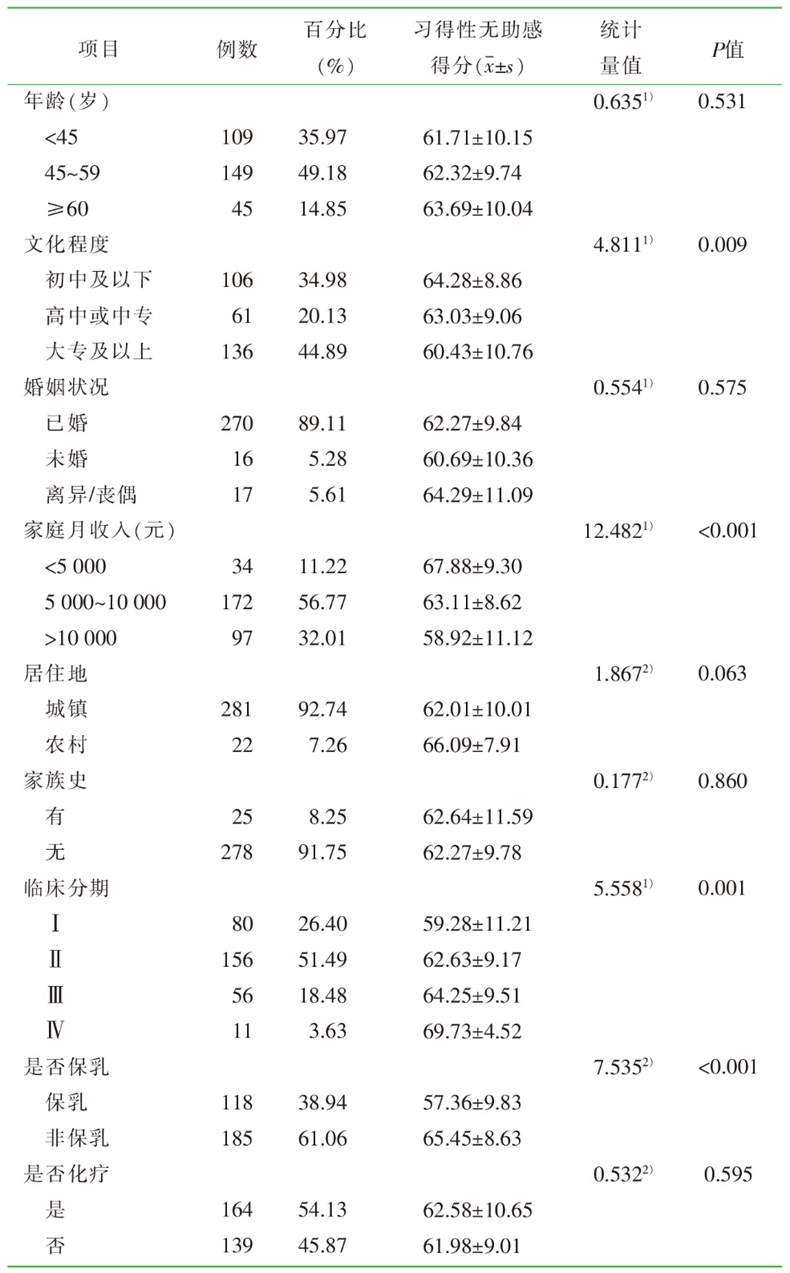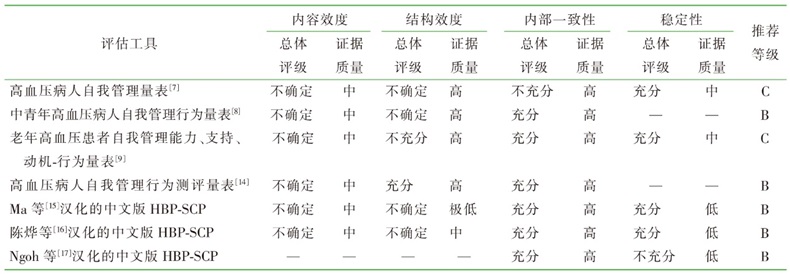| [1] |
GBD Risk Factors Collaborators. Global burden of 87 risk factors in 204 countries and territories, 1990—2019: a systematic analysis for the Global Burden of Disease Study 2019[J]. Lancet, 2020, 396(10258):1223-1249.
doi: 10.1016/S0140-6736(20)30752-2
|
| [2] |
马丽媛, 王增武, 樊静, 等. 《中国心血管健康与疾病报告2021》关于中国高血压流行和防治现状[J]. 中国全科医学, 2022, 25(30):3715-3720.
doi: 10.12114/j.issn.1007-9572.2022.0502
|
|
Ma LY, Wang ZW, Fan J, et al. Epidemiology and management of hypertension in China:an analysis using data from the annual report on cardiovascular health and diseases in China(2021)[J]. Chin Gen Pract, 2022, 25(30):3715-3720.
doi: 10.12114/j.issn.1007-9572.2022.0502
|
| [3] |
中国高血压防治指南修订委员会, 高血压联盟(中国), 中华医学会心血管病学分会, 等. 中国高血压防治指南(2018年修订版)[J]. 中国心血管杂志, 2019, 24(1):24-56.
|
|
Writing Group of 2018 Chinese Guidelines for the Management of Hypertension, Chinese Hypertension League, et al. 2018 Chinese guidelines for the management of hypertension[J]. Chin J Cardiovasc Med, 2019, 24(1):24-56.
|
| [4] |
宋媛媛, 毛永香, 王文秀, 等. 板房社区高血压病人自我管理干预效果研究[J]. 护理研究, 2017, 31(13):1658-1661.
|
|
Song YY, Mao YX, Wang WX, et al. Effect of self-management intervention among hypertension patients in earthquake-stricken communities[J]. Chin Nurs Res, 2017, 31(13):1658-1661.
|
| [5] |
冯晗博, 张鑫, 李小寒. 辽宁省社区老年高血压患者自我管理能力和生活质量的相关性[J]. 中国医科大学学报, 2020, 49(4):331-335.
|
|
Feng HB, Zhang X, Li XH. Correlation between self-management ability and quality of life of older hypertension patients living in community in Liaoning Province[J]. J China Med Univ, 2020, 49(4):331-335.
|
| [6] |
吴傅蕾, 刘欢, 袁长蓉. 患者报告结局在肿瘤照护领域的应用现状及思考[J]. 解放军护理杂志, 2017, 34(3):47-50.
|
|
Wu FL, Liu H, Yuan CR. Application status and thinking of patient report outcome in the field of cancer care[J]. Nurs J Chin PLA, 2017, 34(3):47-50.
|
| [7] |
刘宁, 张婧珺, 鱼星锋, 等. 高血压病人自我管理量表的研制与信效度检验[J]. 护理研究, 2015, 29(14):1764-1767.
|
|
Liu N, Zhang JJ, Yu XF, et al. Development and testing of reliability and validity of Self Management Scale for patients with hypertension[J]. Chin Nurs Res, 2015, 29(14):1764-1767.
|
| [8] |
宫悦华, 王慕然, 朱燕琴, 等. 中青年高血压病人自我管理行为量表的编制及信效度检验[J]. 护理研究, 2021, 35(9):1649-1652.
|
|
Gong YH, Wang MR, Zhu YQ, et al. Development of Self-management Behavior Scale in young and middle-aged patients with hypertension and its reliability and validity test[J]. Chin Nurs Res, 2021, 35(9):1649-1652.
|
| [9] |
Wu LR, Liu MH, Huang CM, et al. The development of a Self-Management Evaluation Scale for elderly adults with hyperten-sion based on the capability,opportunity,and motivation-beha-viour(COM-B) model[J]. BMC Geriatr, 2023, 23(1):1-14.
doi: 10.1186/s12877-022-03642-y
|
| [10] |
Prinsen CAC, Mokkink LB, Bouter LM, et al. COSMIN guideline for systematic reviews of patient-reported outcome measures[J]. Qual Life Res, 2018, 27(5):1147-1157.
doi: 10.1007/s11136-018-1798-3
pmid: 29435801
|
| [11] |
Terwee CB, Jansma EP, Riphagen II, et al. Development of a methodological PubMed search filter for finding studies on measurement properties of measurement instruments[J]. Qual Life Res, 2009, 18(8):1115-1123.
doi: 10.1007/s11136-009-9528-5
pmid: 19711195
|
| [12] |
陈祎婷, 沈蓝君, 彭健, 等. 改良版定量系统评价证据分级方法对患者报告结局测量工具的评价[J]. 解放军护理杂志, 2020, 37(10):57-60.
|
|
Chen YT, Shen LJ, Peng J, et al. Modified GRADE evaluation of COSMIN method for patient reported outcome measures[J]. Nurs J Chin PLA, 2020, 37(10):57-60.
|
| [13] |
Terwee CB, Mokkink LB, Knol DL, et al. Rating the methodological quality in systematic reviews of studies on measurement properties:a scoring system for the COSMIN checklist[J]. Qual Life Res, 2012, 21(4):651-657.
doi: 10.1007/s11136-011-9960-1
|
| [14] |
赵秋利, 刘晓. 高血压病人自我管理行为测评量表的编制及信度、效度检验[J]. 中国护理管理, 2012, 12(11):26-31.
|
|
Zhao QL, Liu X. Reliability and validity of the Hypertension Patients Self-management Behavior Rating Scale(HPSMBRS)[J]. Chin Nurs Manag, 2012, 12(11):26-31.
|
| [15] |
Ma Y, Cheng HY, Sit JWH, et al. Psychometric evaluation of the Chinese version of Hypertension Self-care Profile[J]. J Cardiovasc Nurs, 2021, 36(5):420-429.
doi: 10.1097/JCN.0000000000000708
|
| [16] |
陈烨, 曹松梅, 严金川. 高血压自我护理量表的汉化及信效度测评[J]. 中国实用护理杂志, 2014, 30(29):12-16.
|
|
Chen Y, Cao SM, Yan JC. Reliability and validity of the Chinese-version Hypertension Self-care Profile[J]. Chin J Pract Nurs, 2014, 30(29):12-16.
|
| [17] |
Ngoh SHA, Lim HWL, Koh YLE, et al. Test-retest reliability of the Mandarin versions of the Hypertension Self-Care Profile instrument[J]. Medicine(Baltimore), 2017, 96(45):e8568.
|
| [18] |
Mokkink LB, Terwee CB, Patrick DL, et al. The COSMIN study reached international consensus on taxonomy,terminology,and definitions of measurement properties for health-related patient-reported outcomes[J]. J Clin Epidemiol, 2010, 63(7):737-745.
doi: 10.1016/j.jclinepi.2010.02.006
|
| [19] |
陈潇, 张玉侠. 认知性访谈在患者护理服务体验量表编制中的应用[J]. 中华护理杂志, 2022, 57(1):83-89.
doi: 10.3761/j.issn.0254-1769.2022.01.013
|
|
Chen X, Zhang YX. The application of cognitive interviews in the development of Patient Experience with Nursing Care Scale[J]. Chin J Nurs, 2022, 57(1):83-89.
doi: 10.3761/j.issn.0254-1769.2022.01.013
|
| [20] |
陈欢, 侯朝铭, 高静, 等. 中文版高血压患者服药依从性量表测量学特性的系统评价[J]. 中华护理杂志, 2023, 58(2):171-178.
doi: 10.3761/j.issn.0254-1769.2023.02.006
|
|
Chen H, Hou CM, Gao J, et al. Chinese version of the Medication Adherence Scale for patients with hypertension:a systematic review of psychometric properties[J]. Chin J Nurs, 2023, 58(2):171-178.
doi: 10.3761/j.issn.0254-1769.2023.02.006
|
| [21] |
彭健, 沈蓝君, 陈祎婷, 等. COSMIN-RoB清单简介及测量工具内部结构研究的偏倚风险清单解读[J]. 中国循证医学杂志, 2020, 20(10):1234-1240.
|
|
Peng J, Shen LJ, Chen YT, et al. An overview of the COSMIN-RoB checklist and the interpretation of it in evaluating the risk of bias of studies on internal structure[J]. Chin J Evid Based Med, 2020, 20(10):1234-1240.
|
| [22] |
彭健, 沈蓝君, 陈祎婷, 等. 对COSMIN-RoB清单中测量工具稳定性、测量误差和效标效度研究偏倚风险的清单解读[J]. 中国循证医学杂志, 2020, 20(11):1340-1344.
|
|
Peng J, Shen LJ, Chen YT, et al. Interpretation of COSMIN risk of bias checklist in evaluating risk of bias of studies on reliability,measurement error and criteria validity of patient-reported outcome measures[J]. Chin J Evid Based Med, 2020, 20(11):1340-1344.
|






